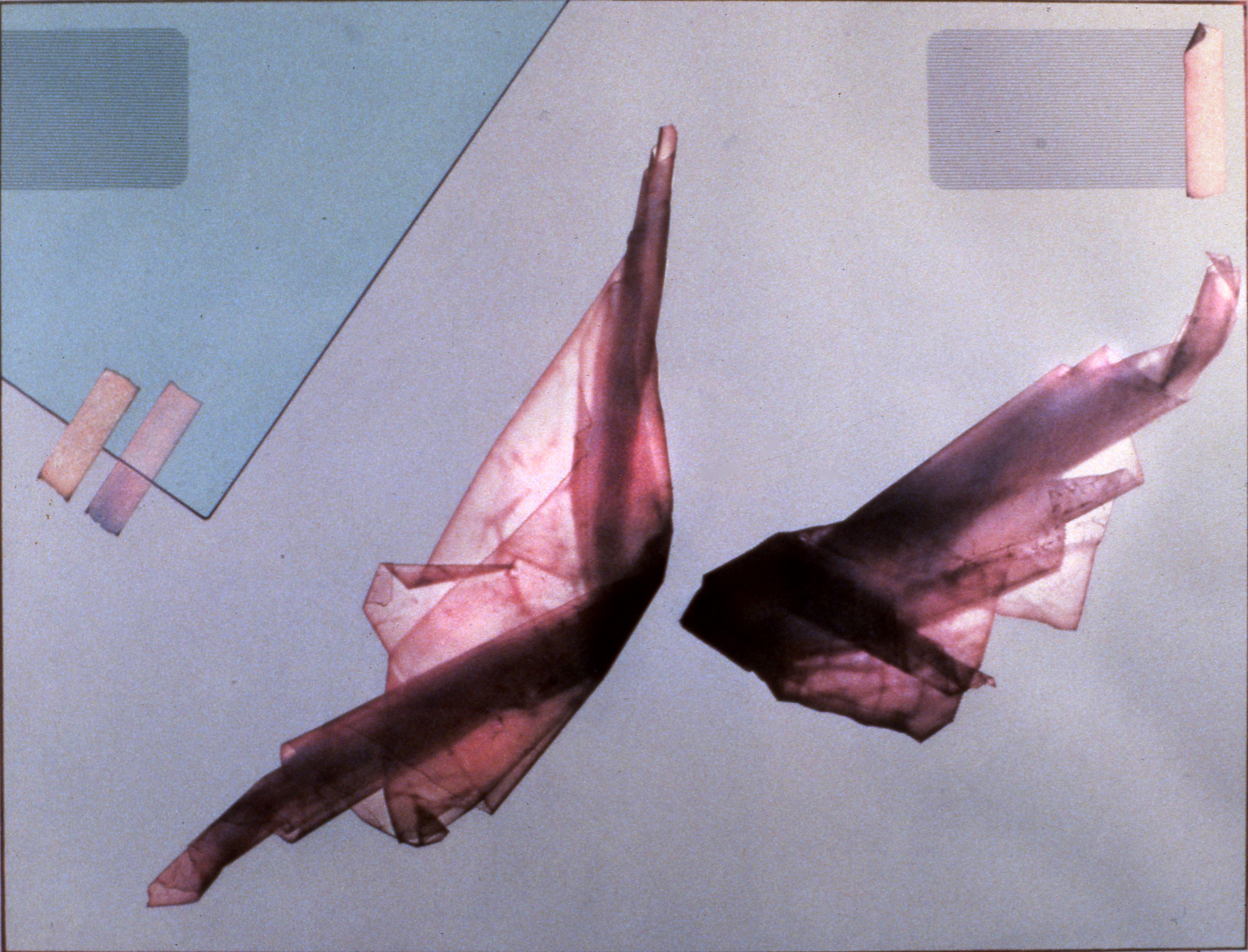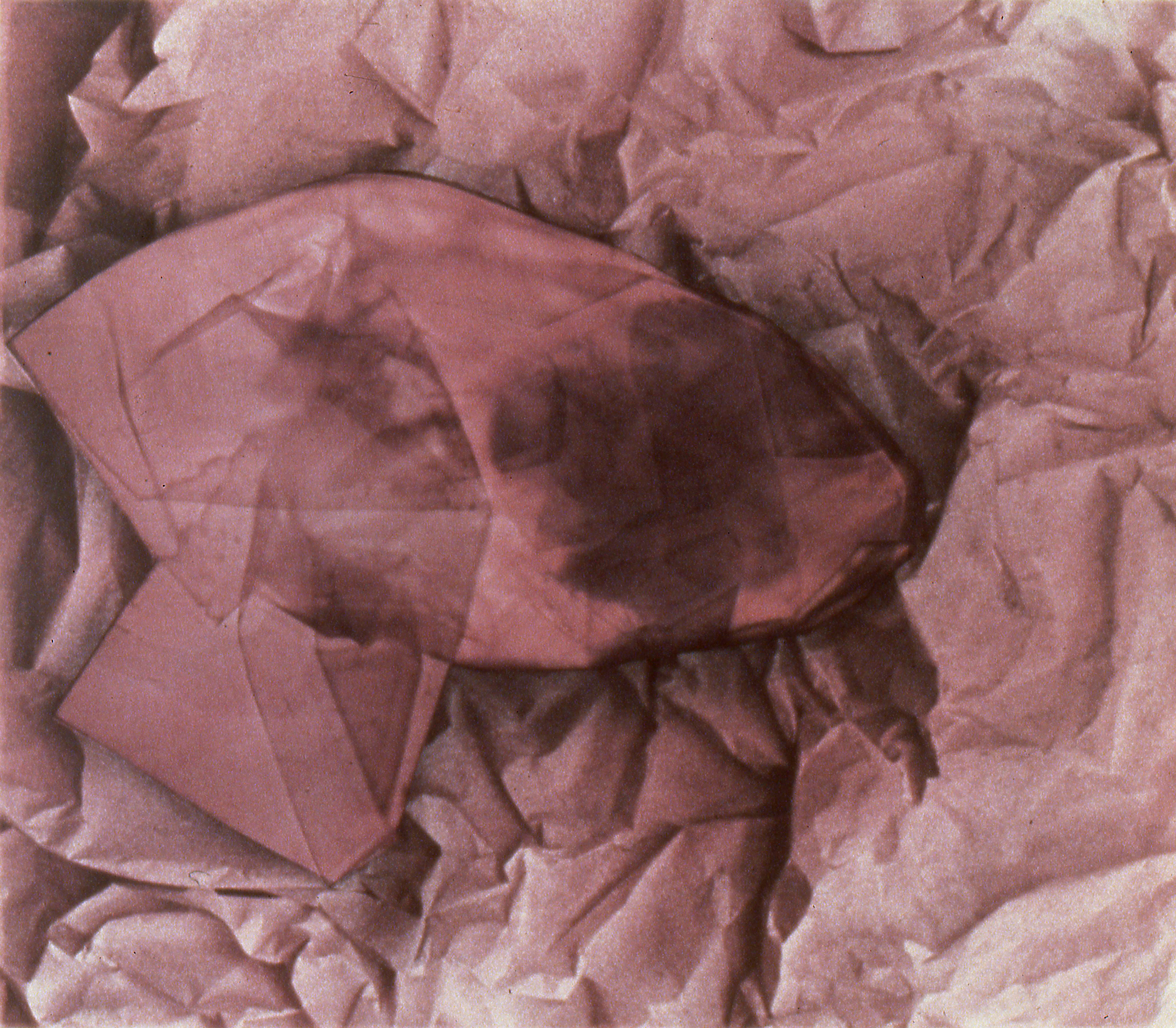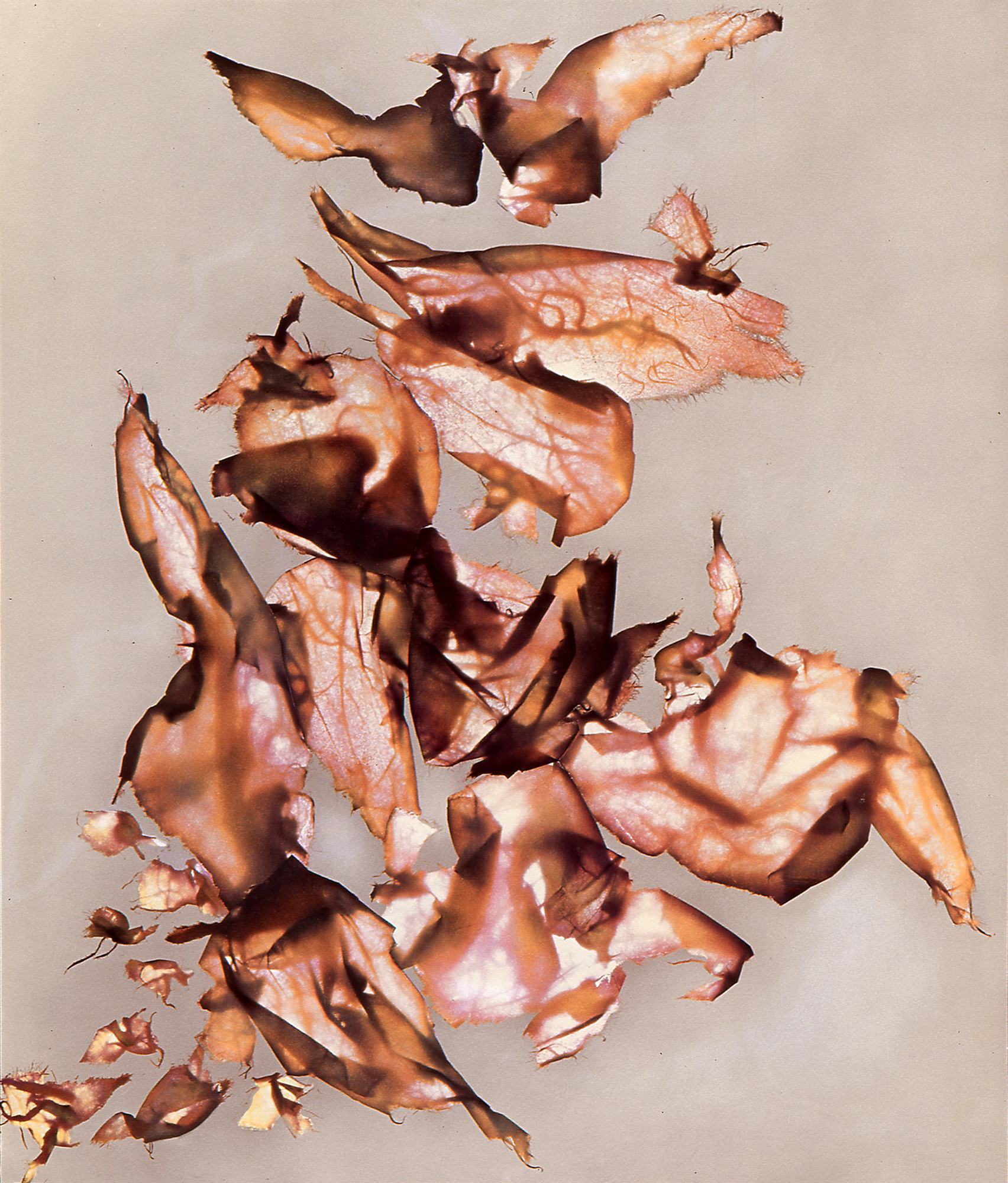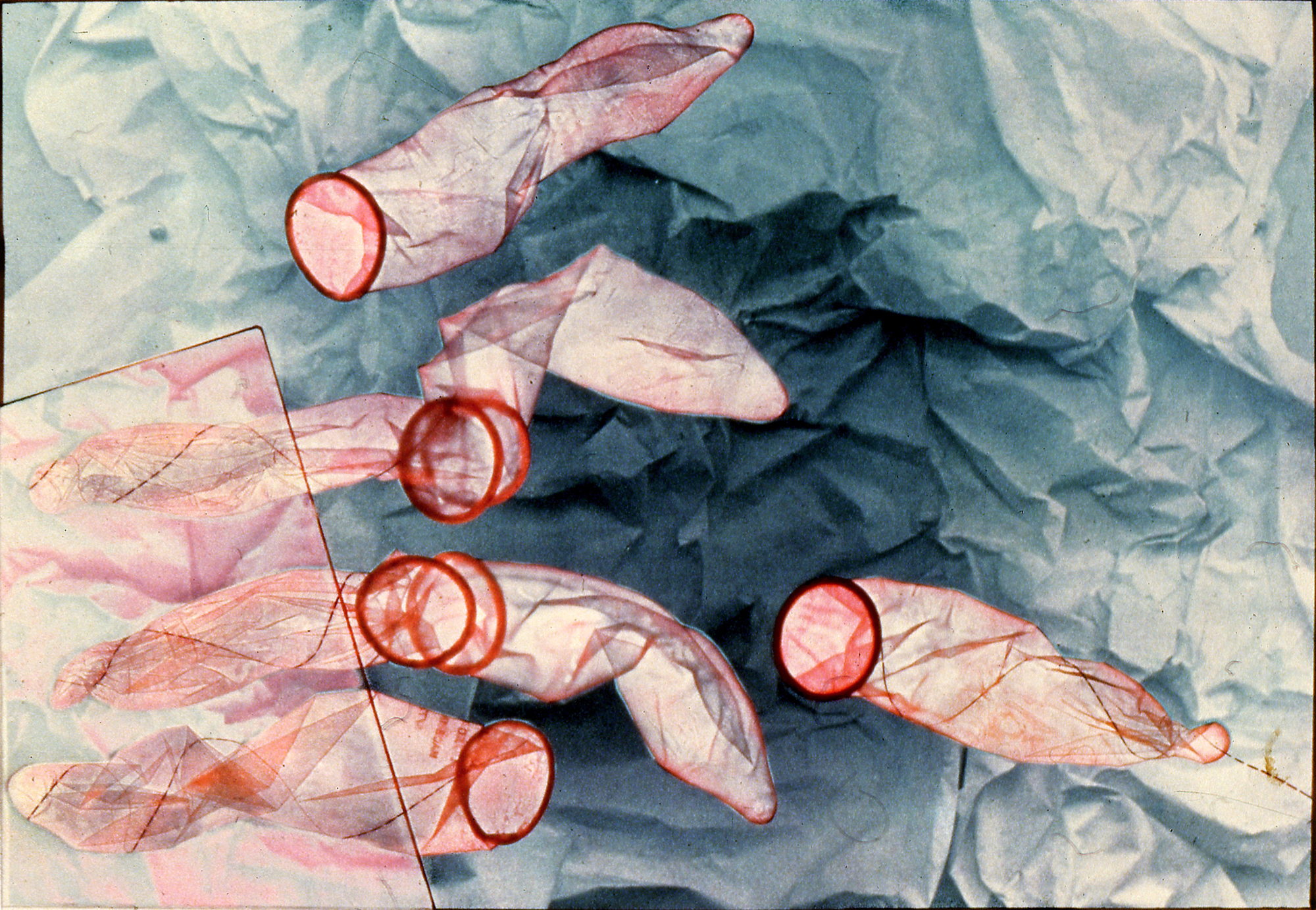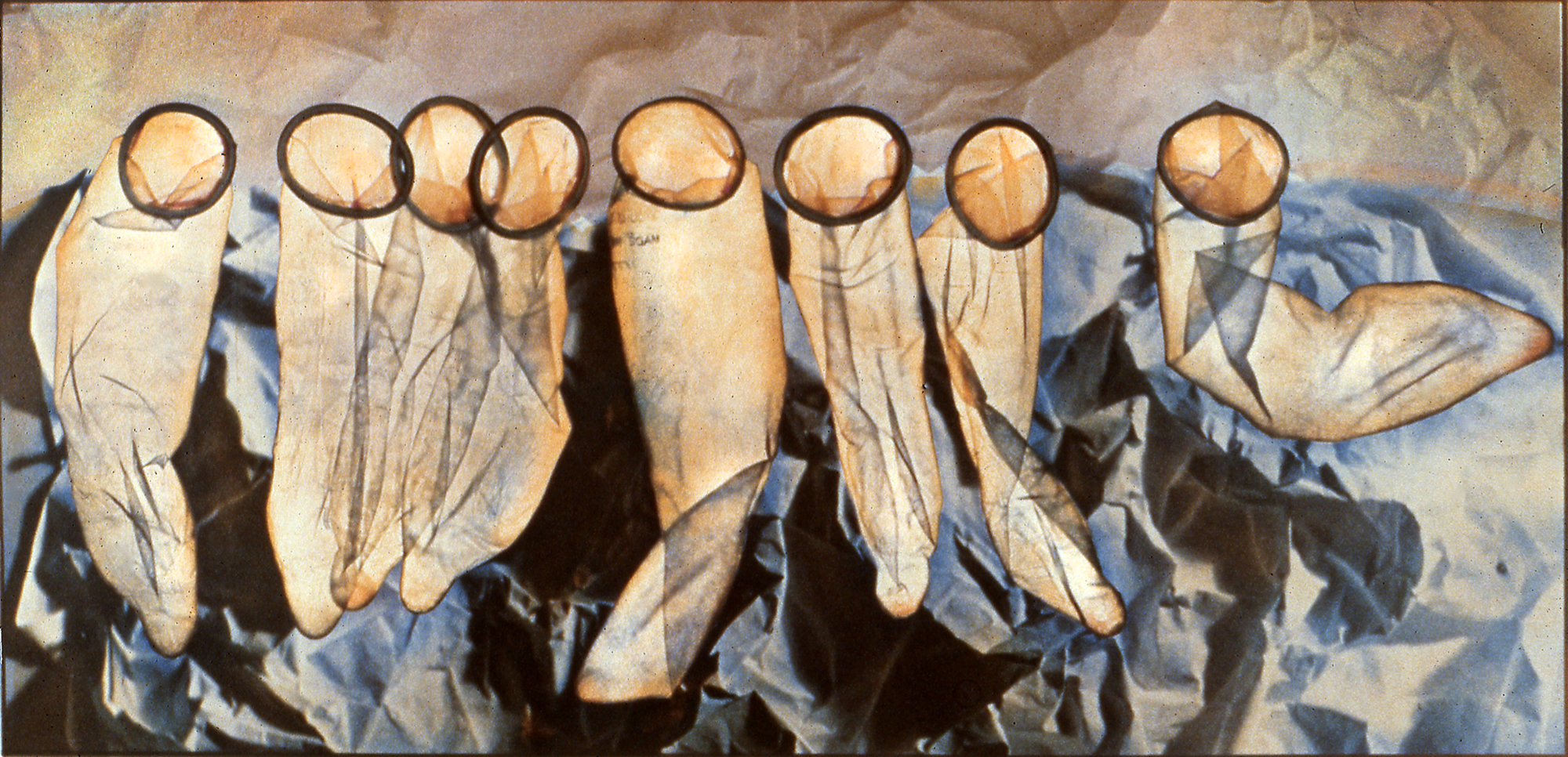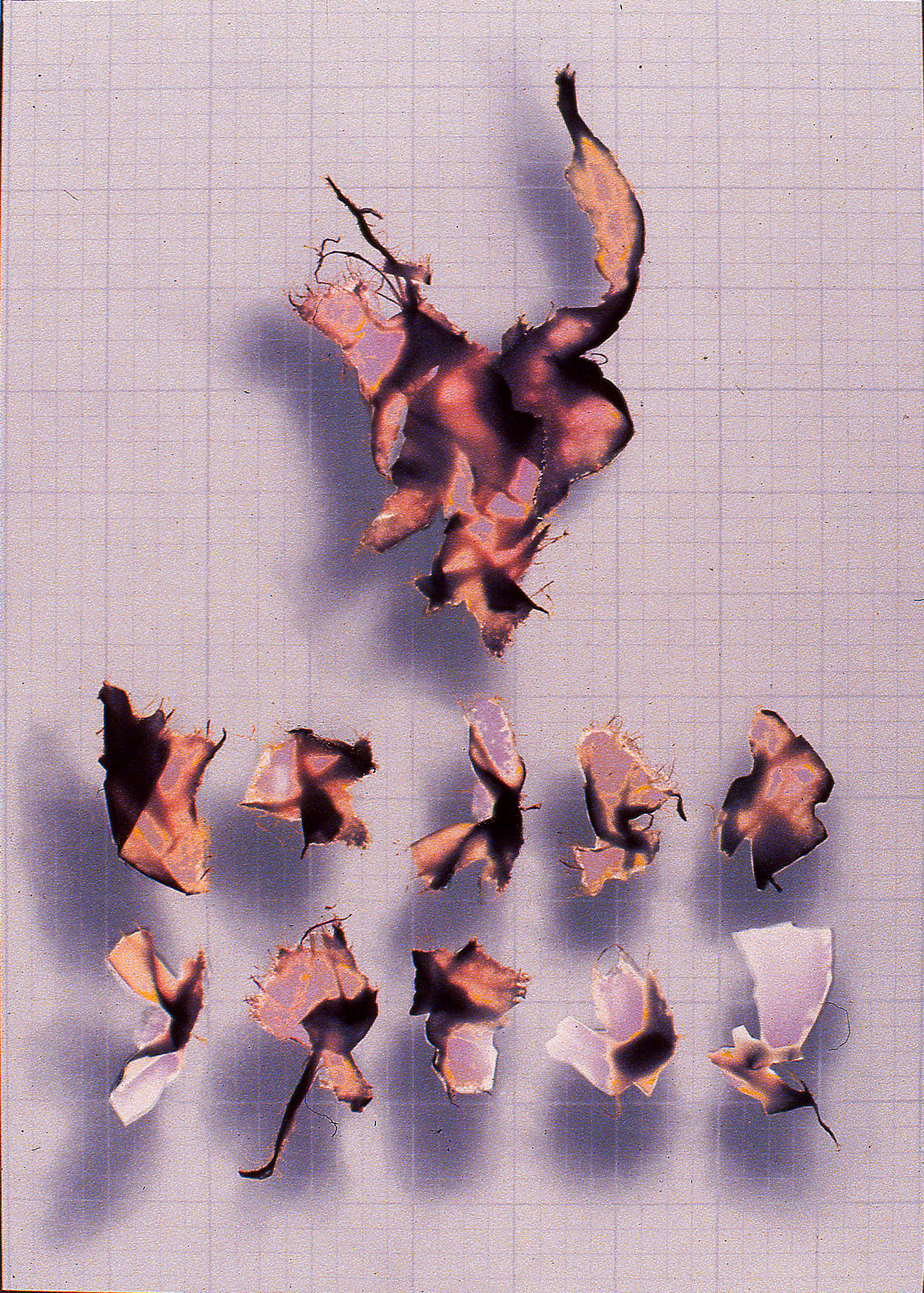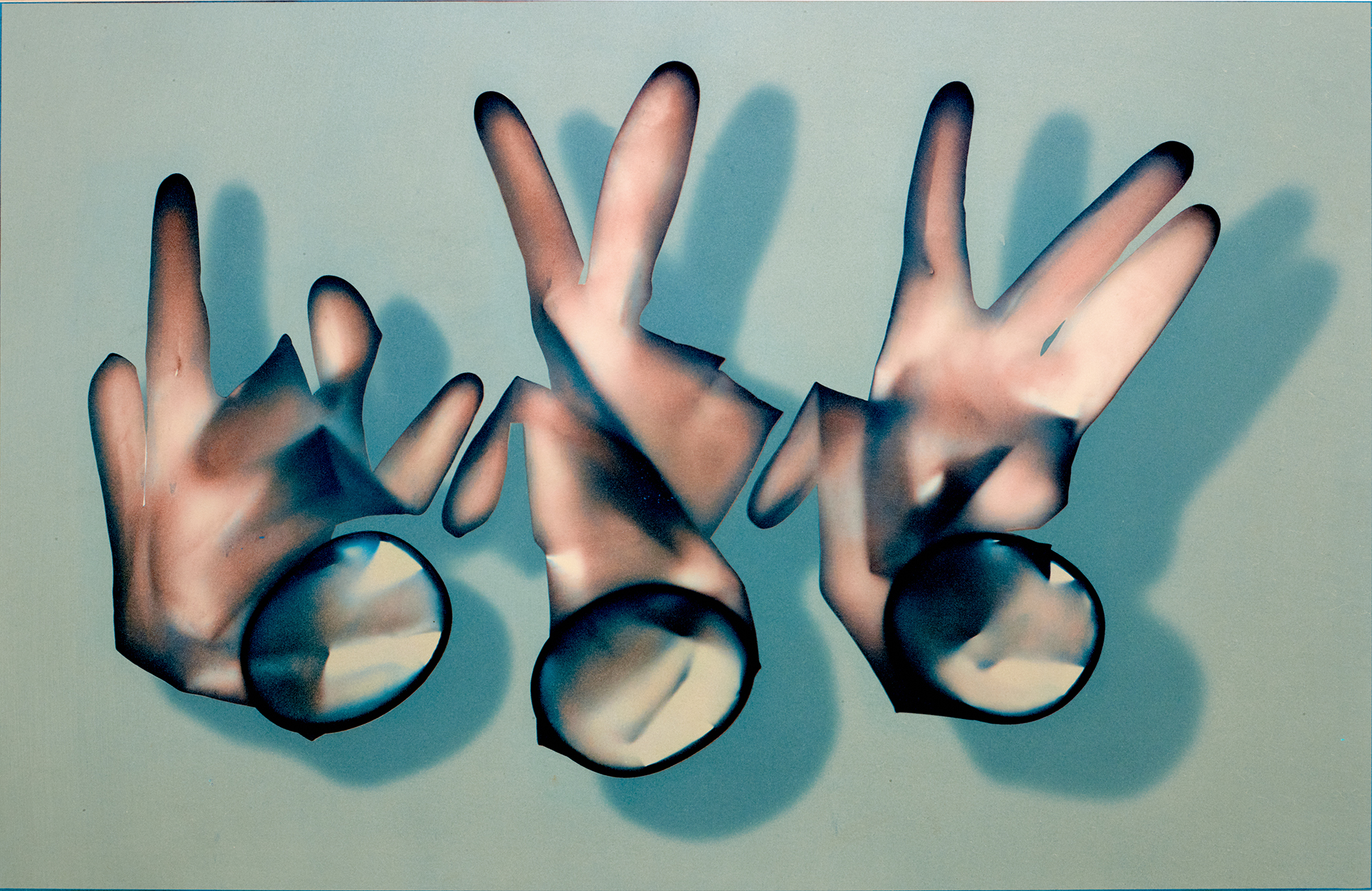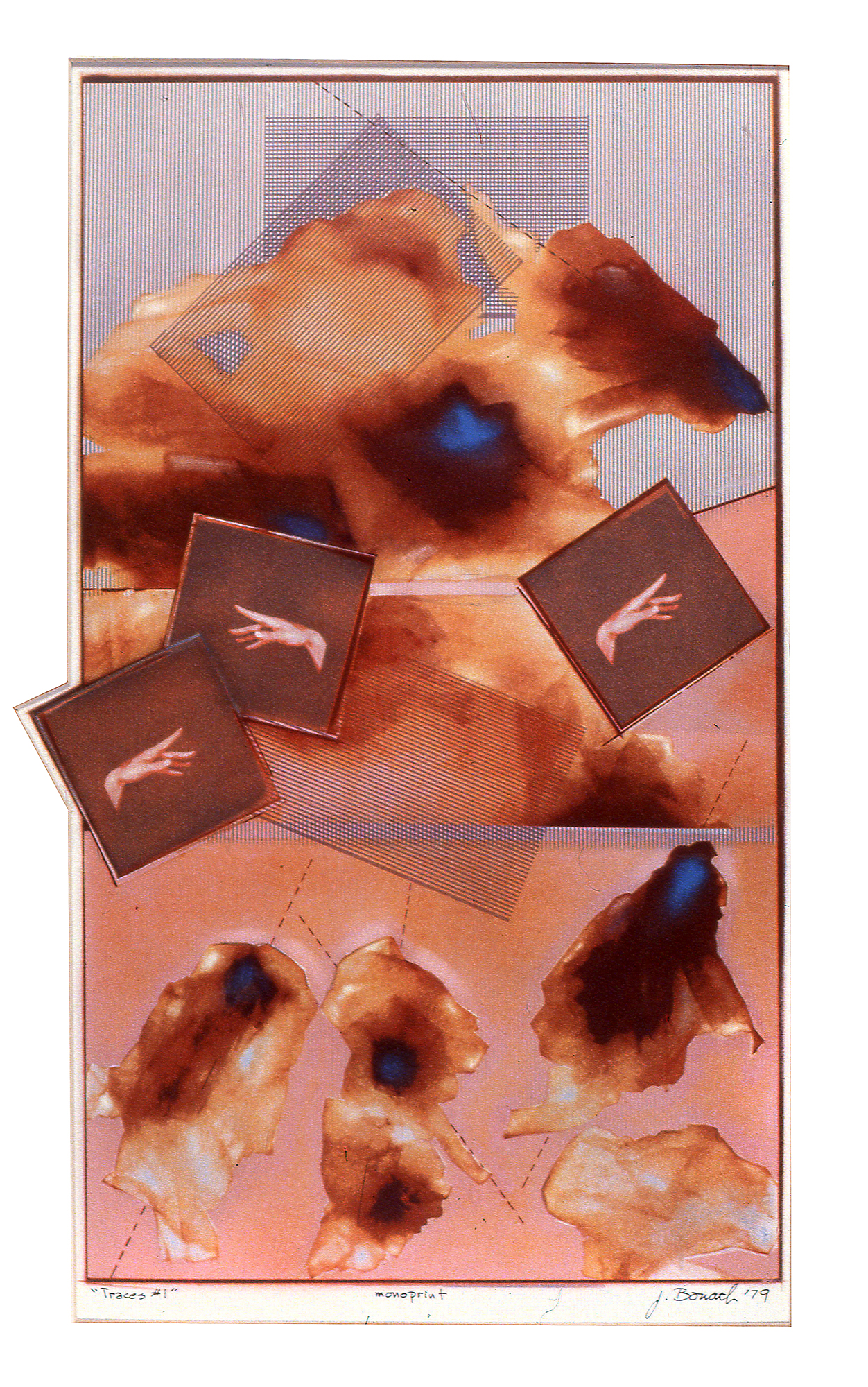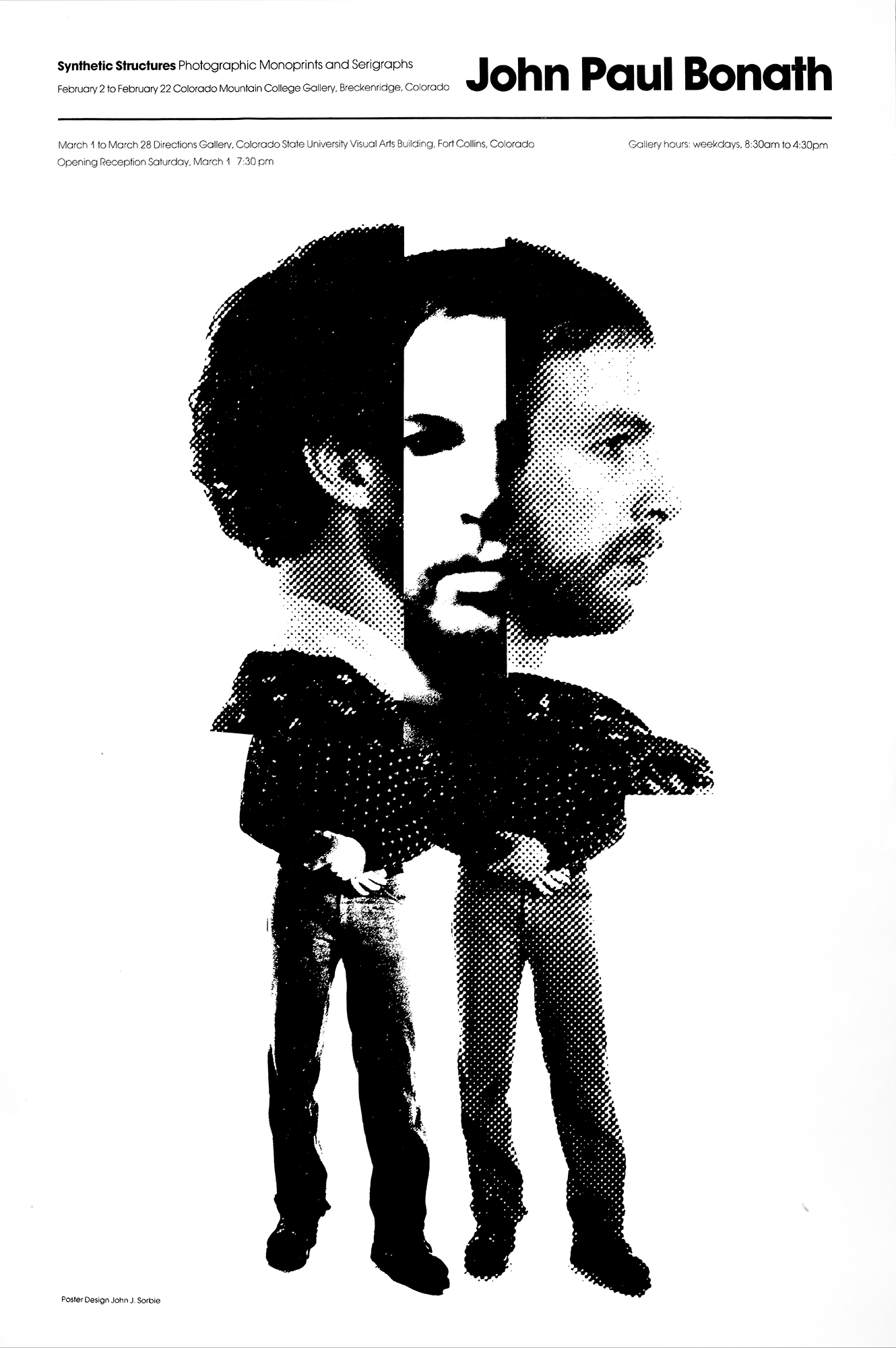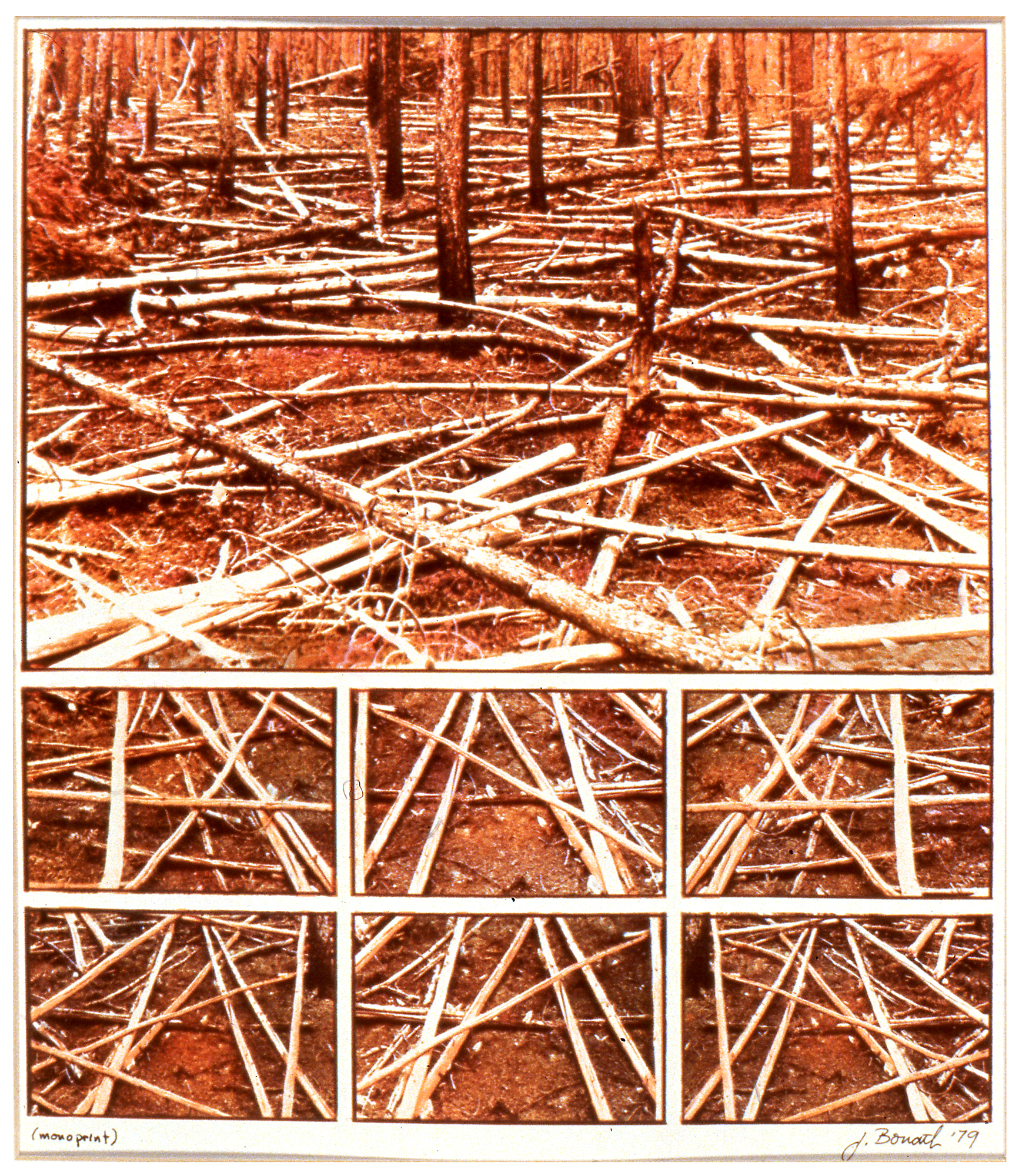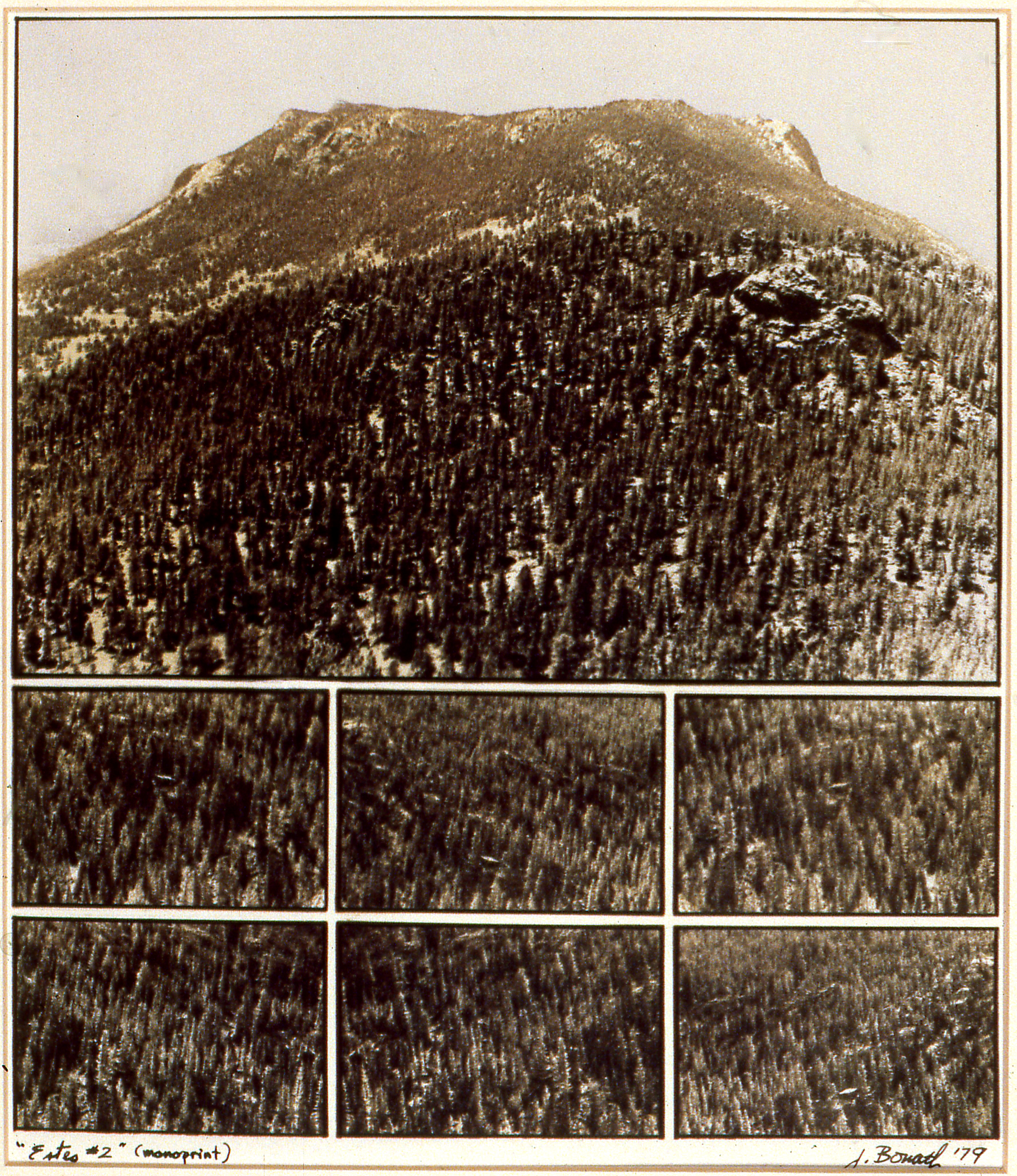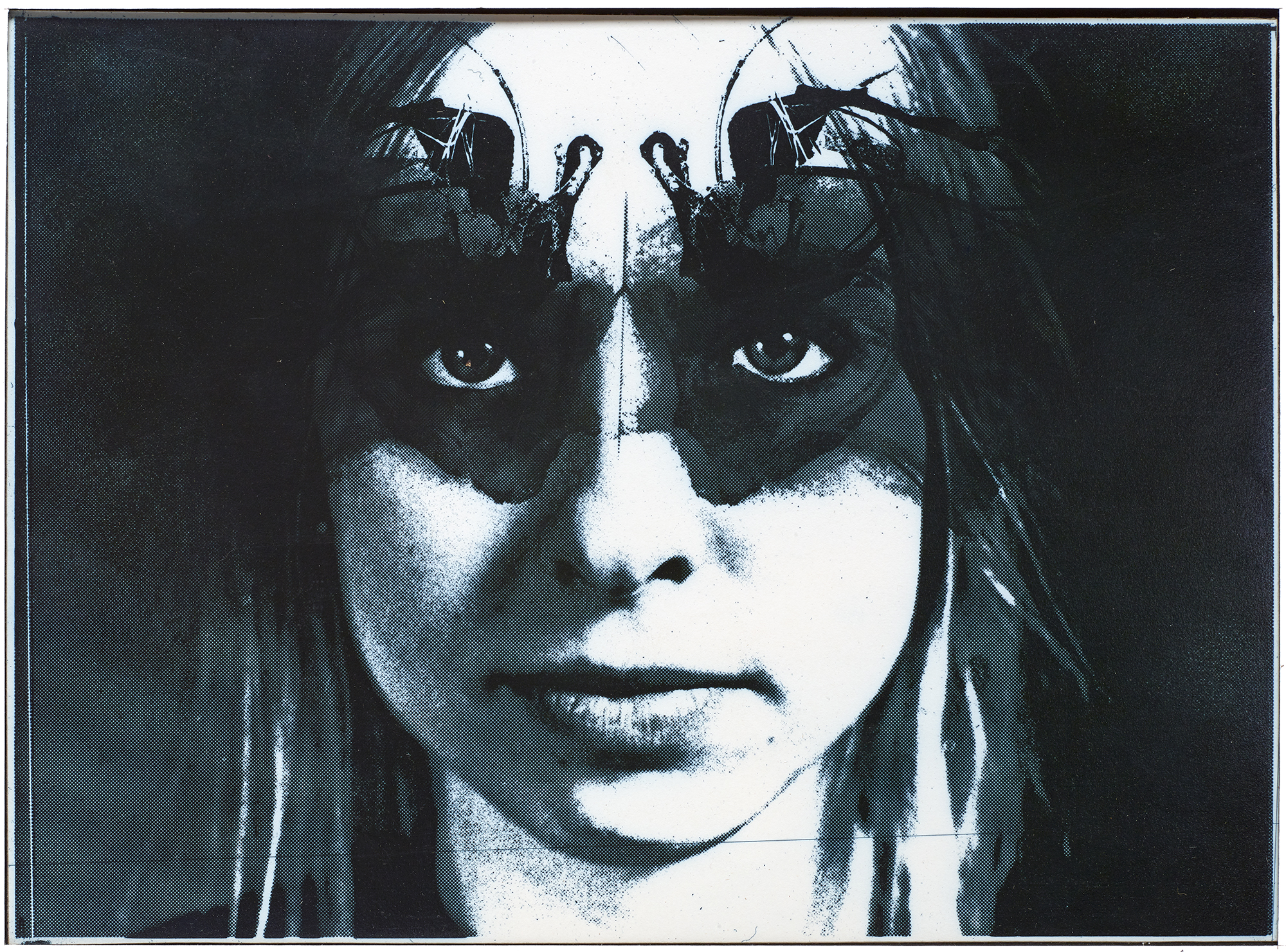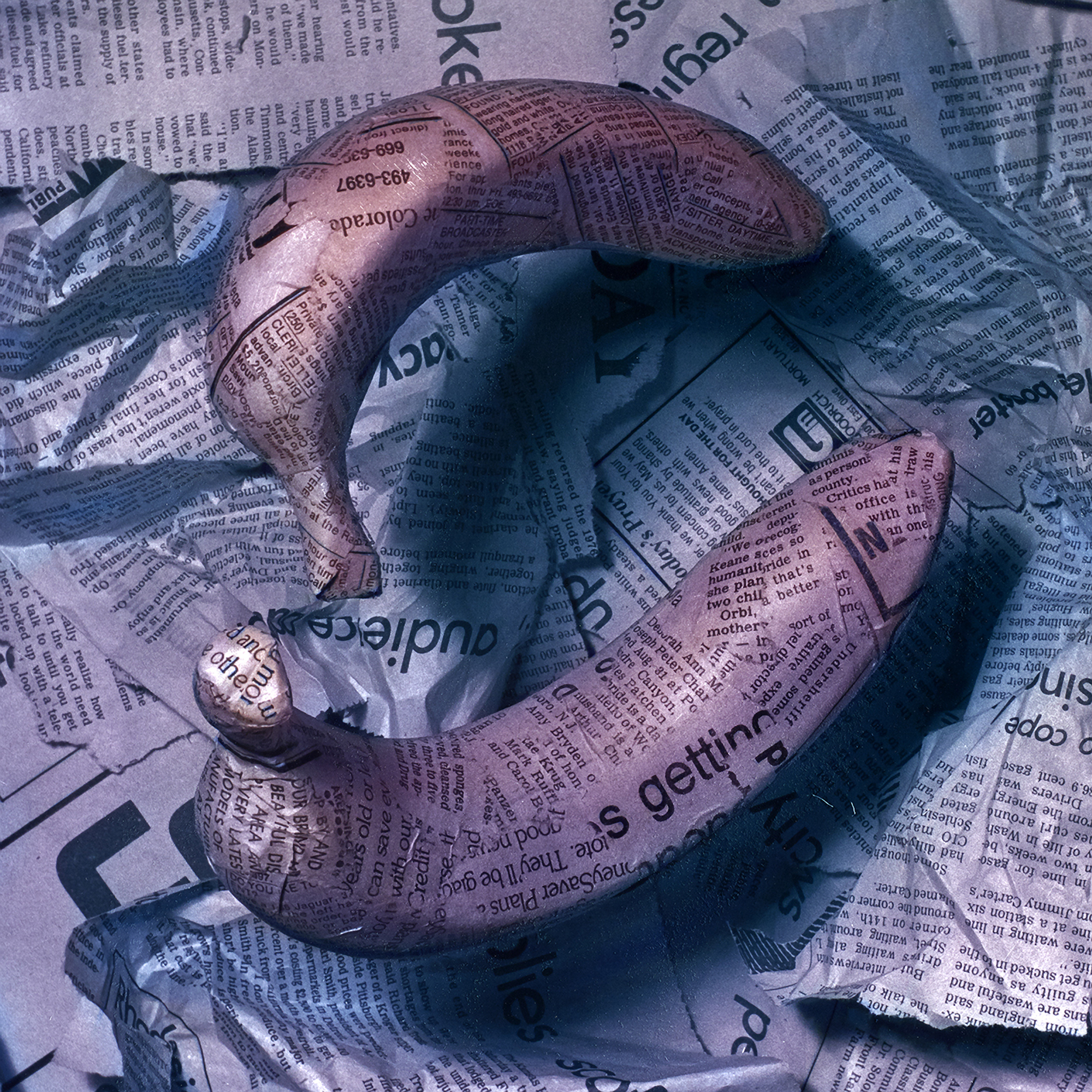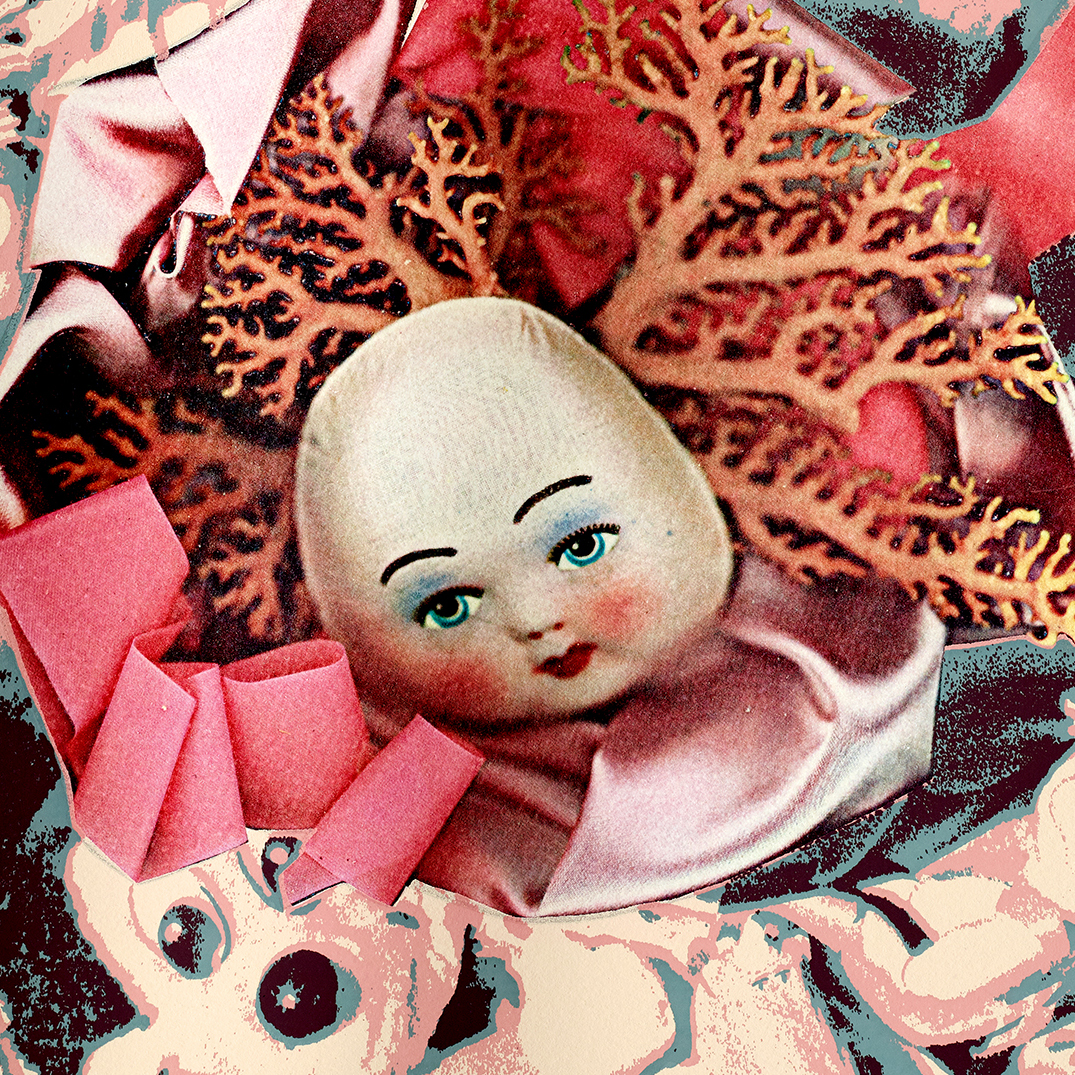ARTIST STATEMENT
The “Traces” Series
A photogram is a photograph made without a camera, usually made by laying objects on photographic paper in a darkroom and exposing light on them. The resulting image is made from the shadows that are captured on the paper. In this series, I used mostly objects and materials that were semi-transparent so that light would pass through the material and form a range of values in the shadows. Some of the materials included vinyl gloves, condomes, wax paper and so forth.
Man Ray, 1934 from “The Age of Light”
“It is in the spirit of an experience and not of experiment that the following autobiographical images are presented. Seized in moments of visual detachment during periods of emotional contact, these images are oxidized residues, fixed by light and chemical elements, of living organissms. No plastic expression can ever be more than a residue of an experience. The recognition of an image that has tragically survived an experience, recalling the event more or less clearly like the undisturbed ashes of an object consumed by flames, the recognition of this object so little representative and so fragile, and its simple identification on the part of the spectator with a similar personal experience, precludes all psychoanalytical classification or assimilation into an artitrary decorative system.
As Man Ray describes the phenomenon of making a photogram, so is it with the images from Traces. These images record camera-less imagery made from the capturing of shadows – residues in time.
Read about the Kwik Print process
The Kwik Print Process
The Kwik Print process was first developed for proofing in the printing industry in the late 1970’s. It was made popular in the fine art photography scene by Bea Nettles. Gum Bichromate printing had experienced a resurgence since its roots in antiquity and the new Kwik Print process was very similar. The Gum process is very labor intensive requiring paper preparation and is limited to the number of coatings an image would take. The Kwik Print process offered an easy alternative to Gum printing with greater color possibilities.
In the first step of this process, I placed 11×17 film under an enlarger in the darkroom. On this film, was then placed various objects in arrangements. Light was then exposed through the objects to form photograms on film.
There were about 30 different photo-sensitive colors produced for Kwik Printing, any of which could be mixed. These colors were applied to a vinyl base sheet with a cotton pad. The film transparency was then put in contact with the coated base sheet. Strong, ultra-violet light was exposed through the film, as with most of non-silver processes, and then rinsed with a hose of water to wash away color that had not been hardened by the light. Colors could be built up in as many as 30 layers and resulted in stunning prints. Over time, this process proved itself to be non-archival and it experienced a short history before it became extinct.


